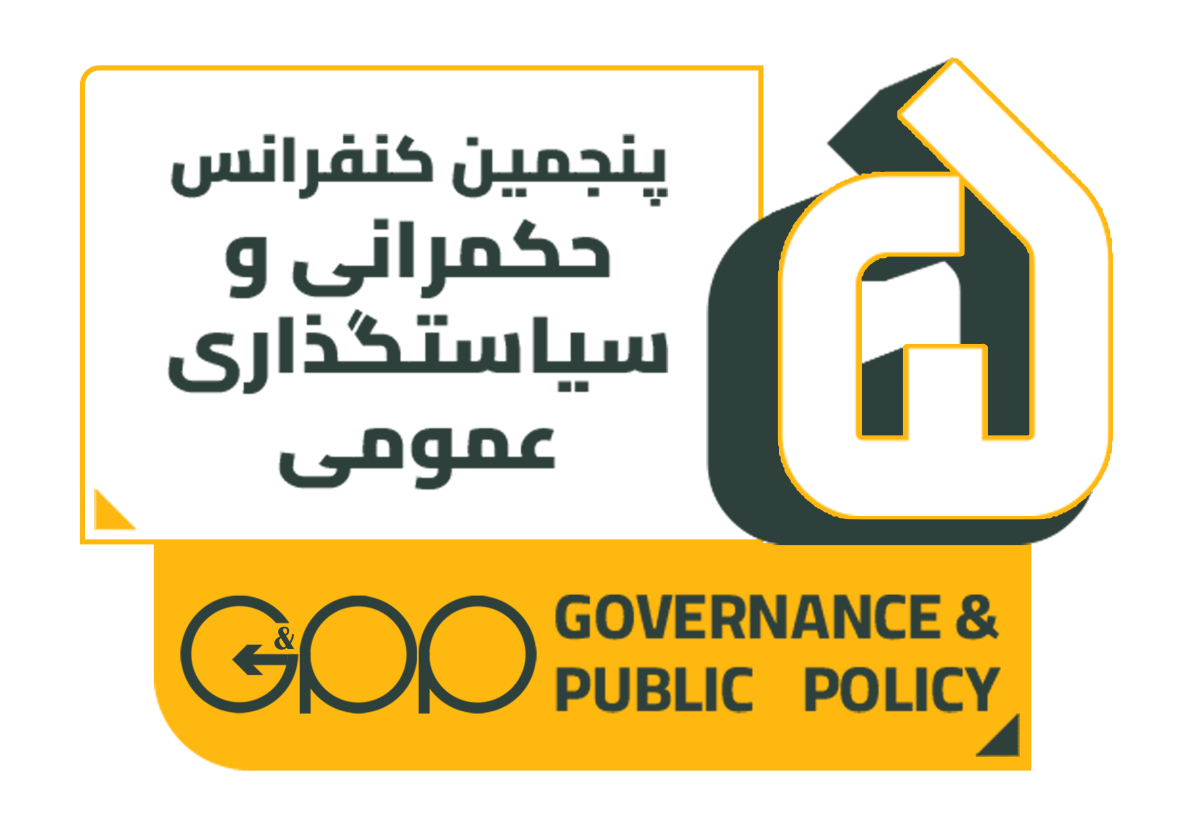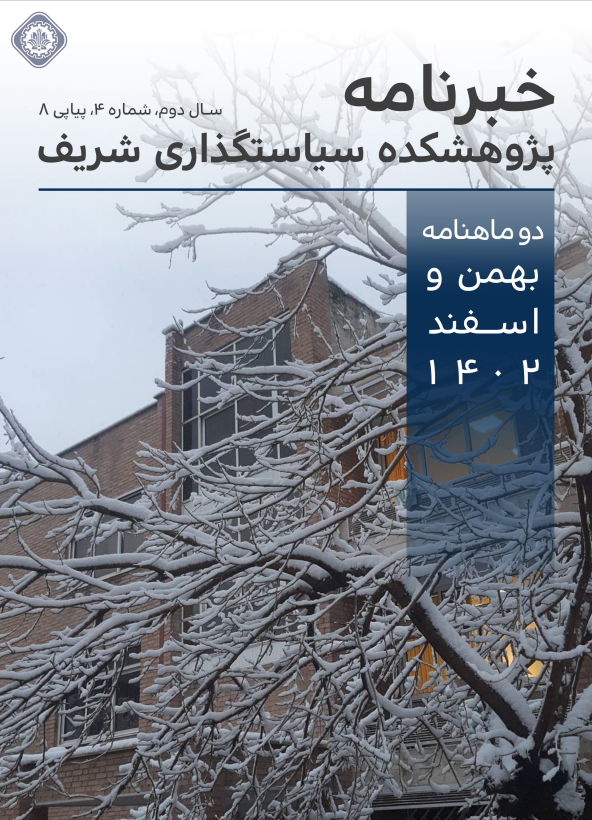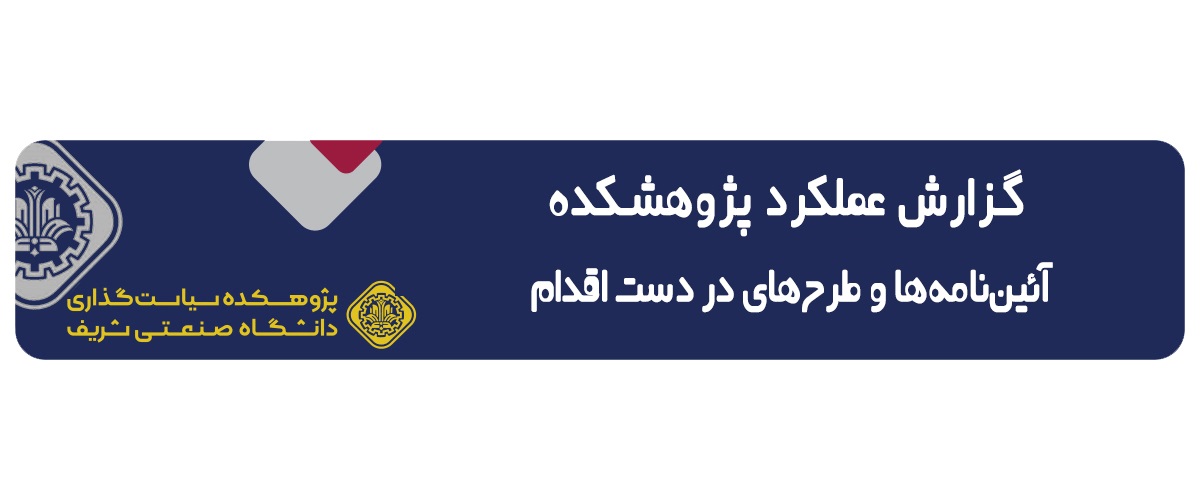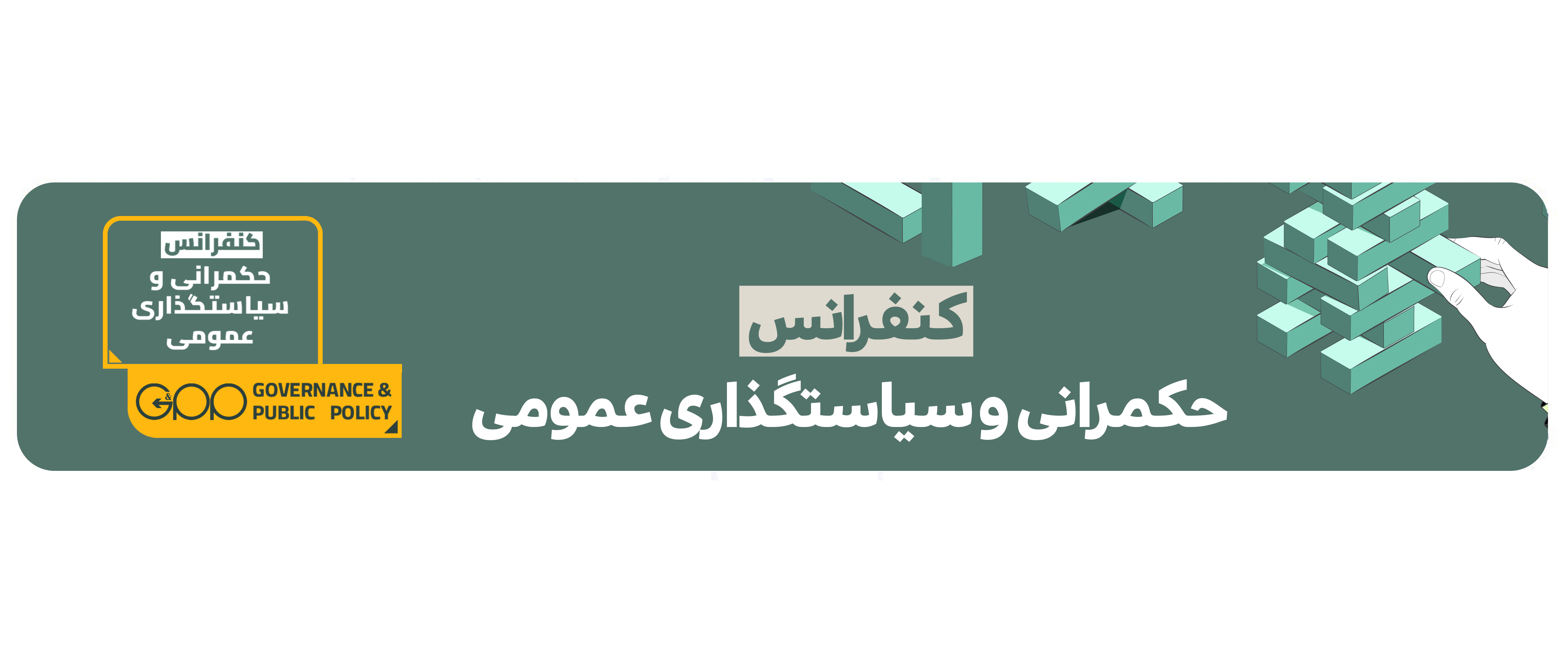چکیده
ایجاد و توسعه مناطق آزاد یکی از سیاست های توسعه منطقه ای است که در کشورهای توسعه یافته و در حال توسعه اجرا می شود. عدم درک این واقعیت که موفقیت این سیاست به بافت ساختاری هر منطقه بستگی دارد، می تواند نتایج متفاوتی را در آنها به همراه داشته باشد. توسعه نامتوازن مناطق آزاد ایران نمونه بارز این نوع سیاست گذاری است. مناطق آزاد در ایران بر روی مناطق عقب مانده ای قرار دارند که در مرزهای کشور قرار دارند. اگرچه هر منطقه ویژگی های اقتصادی و اجتماعی خاص خود را دارد، اما دولت ایران در هر منطقه سیاست های یکسانی را طراحی و اجرا می کند. اعمال این سیاستهای خنثی و ناکارآمد که تفاوتهای بین مناطق را نادیده میگرفت، نتایج یکسانی در مناطق نداشت. در این مقاله، سیاستهای دولت ایران برای توسعه مناطق آزاد و نتایج آن در دو منطقه همسایه منطقه آزاد ارس (AFZ) و منطقه آزاد ماکو (MFZ) در شمال غرب ایران مورد تجزیه و تحلیل قرار گرفته است. در این تحقیق کاربردی از دو روش کمی و کیفی استفاده شده است. برای انجام این کار، نویسندگان مقاله ده مصاحبه عمیق با افسران دولت مرکزی و منطقه ای، سرمایه گذاران، کارآفرینان و سایر ذینفعان دارند. علاوه بر این، برای ارائه برخی از شاخص های کمی خوب، آمار رسمی مورد تجزیه و تحلیل قرار گرفت. برای تحلیل دقیق تر، شاخص های ذکر شده و نکات مهم مصاحبه در 4 گروه دسته بندی شدند. این 4 گروه شامل شاخص های حاکمیتی، اقتصادی، فناوری و اجتماعی است. نتایج این تحقیق نشان می دهد که از منظر حکمرانی به دلیل اندازه کوچکتر (10/1 MFZ) و دولت پایدارتر و قدرتمندتر، AFZ موفق تر بوده است. از منظر اقتصادی، با توجه به فاصله کوتاه بین آفز و کلانشهر تبریز که ششمین شهر صنعتی کشور است، روابط اقتصادی گستردهای بین مردم وجود دارد. این همجواری دوستانه و مقررات آسانتر برای راهاندازی کسبوکار در مناطق آزاد، سرمایهگذاران تبریزی را به آفز جذب کرد. امروزه نرخ سرمایه گذاری در AFZ دو برابر MFZ است. همچنین صادرات از AFZ 251 میلیون دلار است که 5 برابر بیشتر از MFZ است. از دیدگاه فناوری، به دلیل زیرساخت های پیشرفته و صنایع با فناوری پیشرفته، 22 شرکت جدید مبتنی بر فناوری (NTBF) در AFZ ثبت نام کردند. همچنین اولین VC در شمال غرب ایران در آنجا تأسیس شد. با این حال، فقط 5 NTBF MFZ وجود دارد و هیچ موسسه مالی وجود ندارد. از منظر اجتماعی، MFZ به دلیل تضادهای قومی و زبانی و جمعیت روستایی عمدتاً با تحصیلات پایین، نمی تواند پتانسیل های خود را برای تولید محصولات با ارزش افزوده بالا جمع آوری کند. از سوی دیگر، در AFZ. به دلیل ادغام قومیتی و میزان بالای تحصیلات، اکثر مردم در فعالیت های صنعتی با ارزش افزوده بالاتر مشغول هستند. در نتیجه، یافتههای این مقاله نشان میدهد که اجرای سیاستهای یکسان بدون در نظر گرفتن ساختار حاکمیتی، اقتصادی، فناوری و اجتماعی هر منطقه نتیجه یکسانی ندارد. بنابراین، سیاست گذاران در دولت مرکزی باید برای هر منطقه با توجه به بافت چند بعدی آن، سیاست های خاصی را طراحی کنند. علاوه بر این، آنها باید ذینفعان بومی را در فرآیند سیاست گذاری برای طراحی سیاست های موثر مشارکت دهند.
Abstract
The Creation and development of free zones is one of the regional development policies implemented in developed and developing countries. Failure to understand the fact that the success of this policy depends on the structural context of each region could lead to different results in them. The unbalanced development of Iranian Free Zones is a good example of this type of policymaking. Free zones in Iran are located on lagging regions which are on the borders of the country. Although each region has its own special economic and social characteristics, the Iranian government designed and implement the same policies in each region. Applying these neutral and ineffective policies, which ignored the differences between regions, didn’t have the same results in the regions. In this paper, Iranian government policies for the development of free zones and its results on two neighbor regions, Aras Free Zone(AFZ) and Maku Free Zone (MFZ), in the north-west of Iran are analyzed. In this applied research, both quantitative and qualitative methods were used. To do this, the authors of the paper has ten in-depth interview with central and regional government officers, investors, entrepreneurs, and other stakeholders. Moreover, to provide some good quantitative indicators, formal statistics were analyzed. To more precise analyzing, the mentioned indicators and important notes of interviews categorized into 4 groups. These 4 groups include governance, economic, technological and social indicators. The results of this research show that from a governance perspective, because of the smaller size (1/10 of MFZ) and more stable and powerful government, AFZ has been more successful. From an economic view, according to the short distance between AFZ and Tabriz metropolitan which is the sixth industrial city in the country, there are vast economic ties between peoples. This friendly adjacency and the easier regulation for starting a business in Free zones, attracted Tabrizi investors to AFZ. Today the rate of investing in AFZ is twice of MFZ. Moreover, The export from AFZ is 251 million dollars which is 5 times greater than MFZ. from a technological insight, because of the advanced infrastructures and high-tech industries, 22 new technology-based firms (NTBF) registered in AFZ. Moreover, the first VC in northwest Iran established there. However, there are just 5 NTBF is MFZ and there is no funding institution. from a social perspective, MFZ due to the ethnic and linguistic conflicts and the predominantly low-educated rural population, couldn’t agglomerate it’s potentials to produce high value-added products. On the other hand, in AFZ. because of the ethnic integration and high rate of education, most of people are engaged in higher value-added industrial activities. As a result, the findings of this paper show that implementing identical policies without considering governance, economic, technological and social structure of each region doesn’t have an identical result. Therefore, the policymakers in the central government should design special policies for each region according to its multi-dimensional context. Moreover, they should participate native stakeholders in the policymaking process to design effective policies.


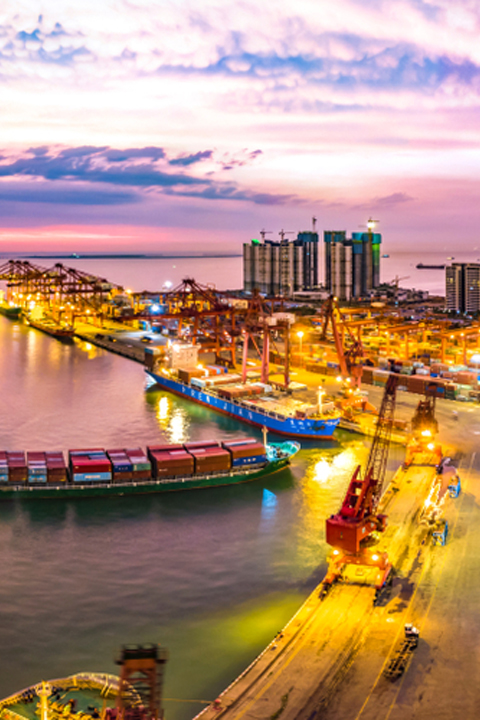
 علی ملکی
علی ملکی
